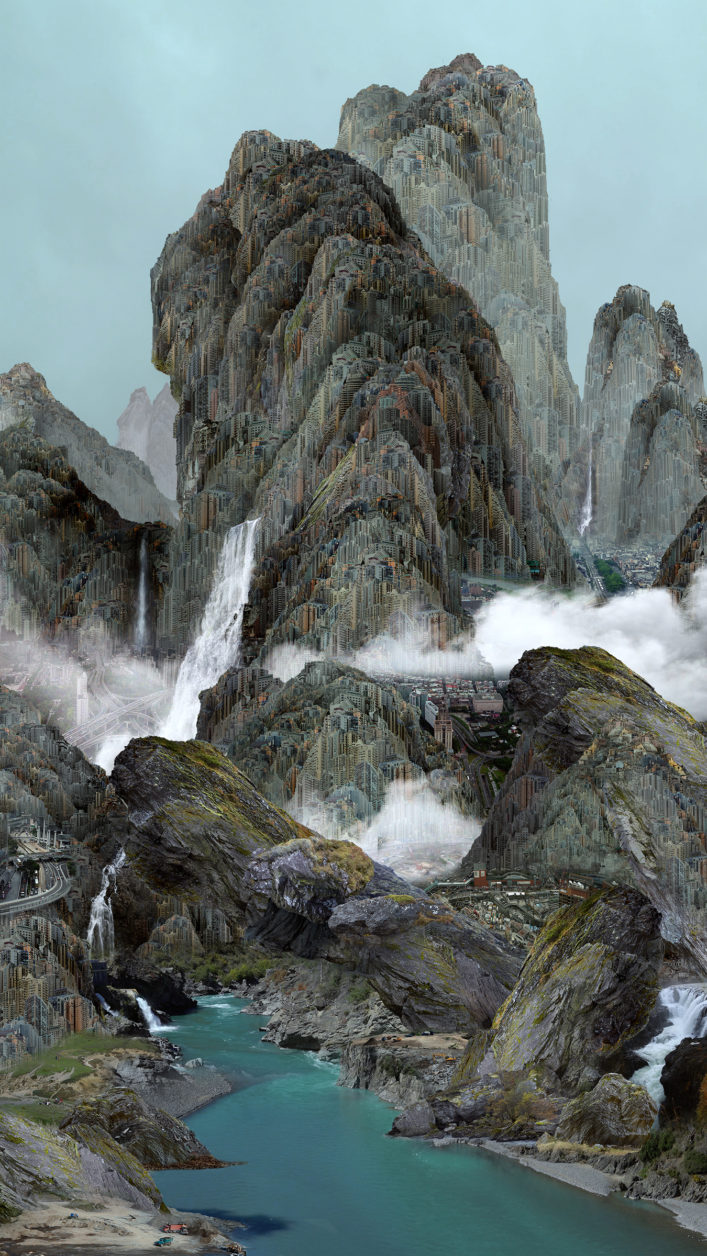ASIA NOW 2023
Fu Site, Shen Han, Qi Zhuo, Yang Yongliang
OCT 20th - OCT 22nd, 2023
Monnaie de Paris - Booth H04
FU SITE
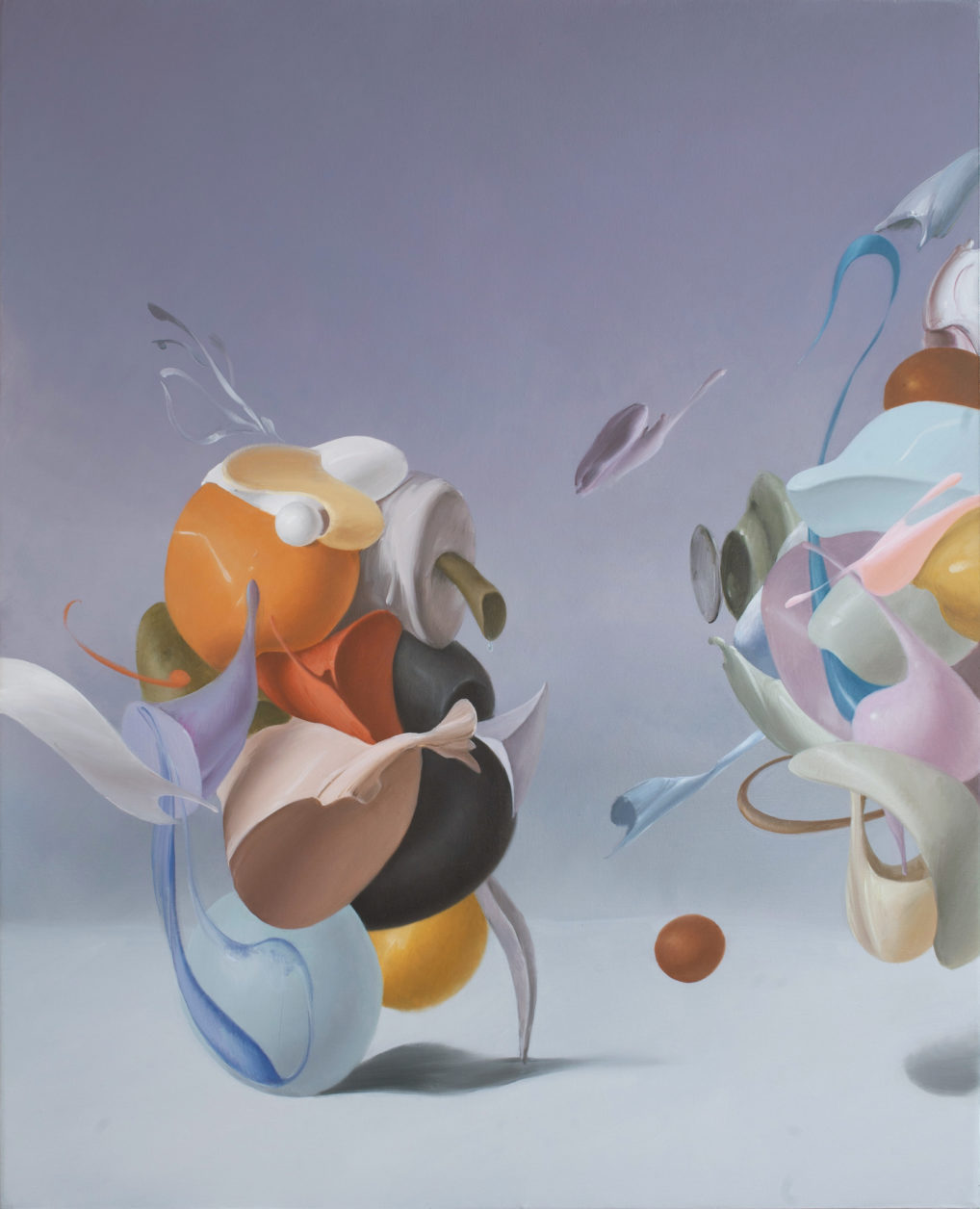
A complex assembly of shadows and reflections, human presences, images of interiors and natural landscapes, Fu Site’s pictorial language borrows the codes of the oneiric world, to give life to scenes that open the field of interpretation. By subtly combining fragmented images and overlapped narrative layers, Fu Site knows how to provoke a certain ambiguity on our perception of time, depriving the scene of any logical coherence.
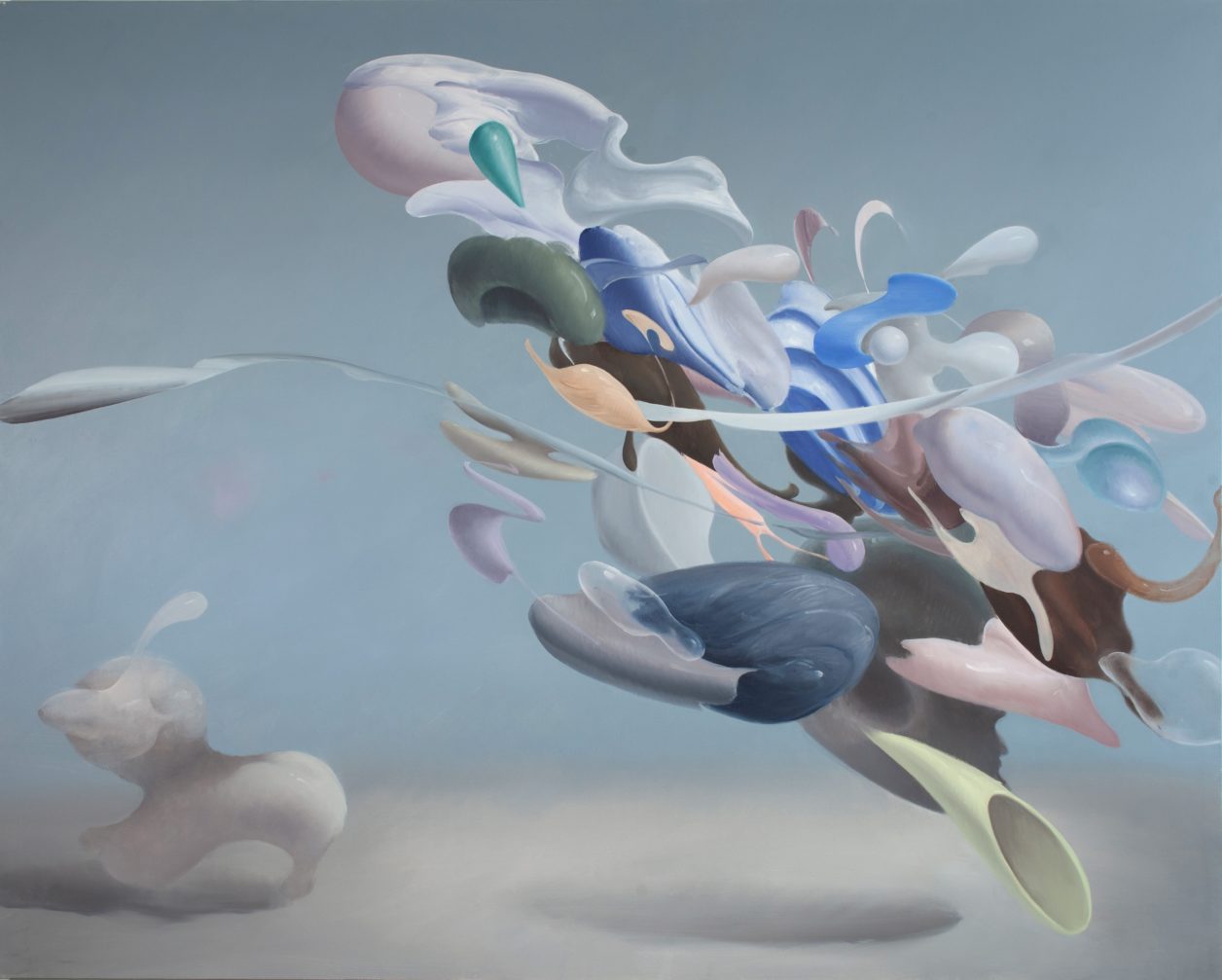
Fu Site was born in the Liaoning province (China) in 1984. He graduated from the Tsinghua University in Beijing (2006), the École des Beaux-Arts in Versailles (2011) and the École Supérieure d’Art du Nord-Pas-de-Calais (2014). In 2013 he was awarded with the first Canson Prix Art School painting award.
SHEN HAN
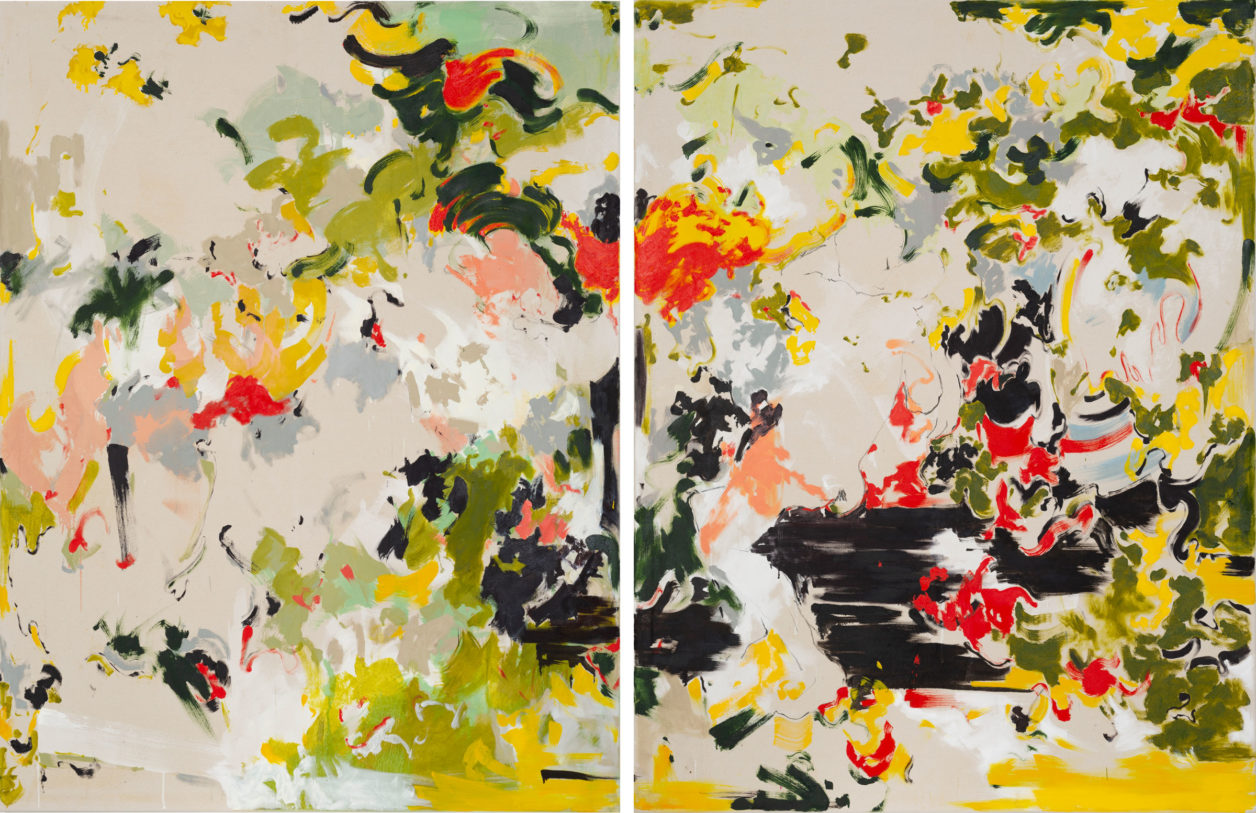
Shen Han attempts to pierce the relationship between paint and the body through a combination of pigment stains, supple gestural lines and allusive spaces. Seeming to crumble and dislocate in the image presented, the artist’s interest in the manipulation of fragmented spaces and the nuance between figuration and abstraction structures an invisible order into chaos. Piercing through the wispy patterns of colour, the oscillating gestures of Shen Han’s latest paintings are presented as gymnastically stretched human forms, generated by the artist’s own rhythm and physical movements in the creative process.
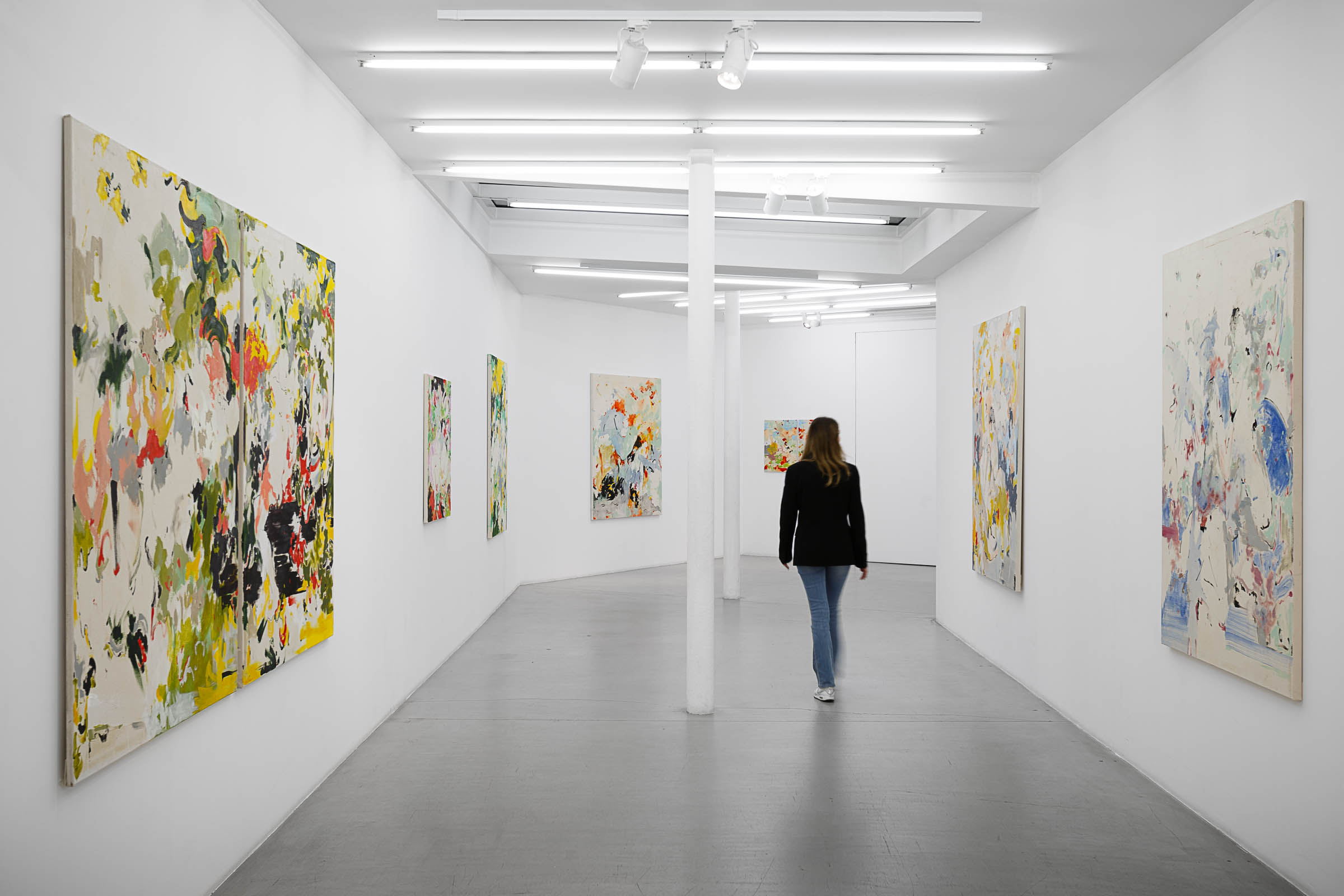
Shen Han was born in 1988 in Hangzhou, China. He graduated from the Berlin University of the Arts in 2017 with a Master’s degree in Fine Arts. He was an exchange student at the Pennsylvania Academy of Fine Arts, he now lives and works between Berlin and Hangzhou.
QI ZHUO
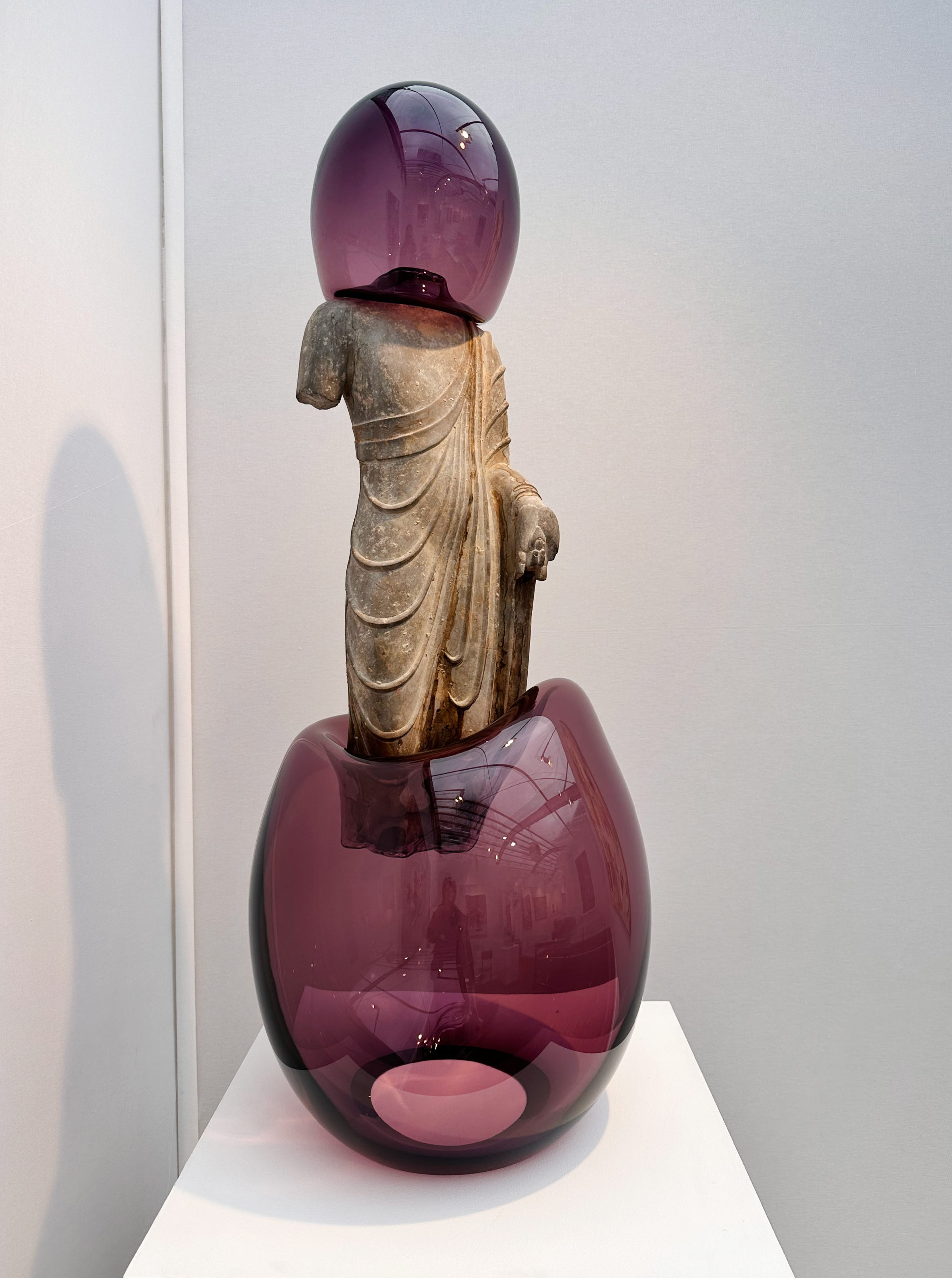
Often damaged with time, the sculptures are broken, fractured with limbs missing. Qi Zhuo got the idea to bring them back to life, to restore them in his own unique way: he’s going to use blown glass to fill the void, the lost fragment. Thus, a new life cycle is formed as the pre-existing artwork becomes another, evoking the bouddhist’s reincarnation cycle. The chemistry occuring between the shape of the age-old originnal stone sculpture with the contemporary and delicate aspect of the colored glass carrying the statuette leads us into the peculiar, the incongruous which are concepts dear to the artist, for whom humor and transgression are natural forms of communication.
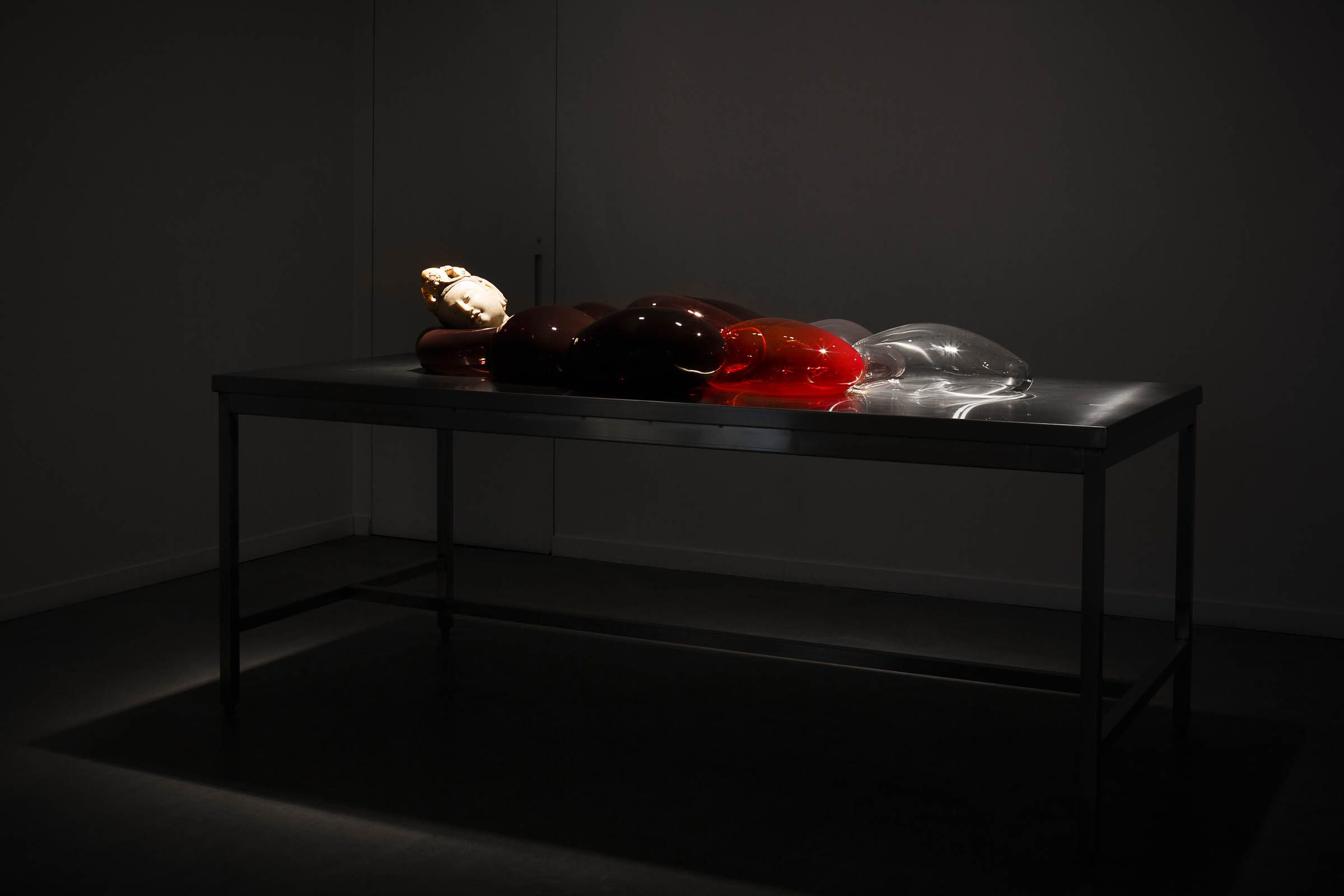
Qi Zhuo was born in 1985 in Fuxin (Liaoning province, China). He graduated with honors from the Le Mans Higher School of Fine Arts (the DNSEP Diploma), did the post graduate program KAOLIN of the ENSA Limoges in France and the Geneva University of Art and Design in Switzerland, he has been working and living in France since 2008. He did a residency at the Fondation Martell in Cognac, France at the end of 2020.
Inspired by shanshui, classical paintings of mountains and waters, the overall vision of Yang Yongliang’s work is reminiscent of landscapes. But a careful examination reveals complex superpositions of metal lattice towers, skyscrapers in ruins, electricity pylons and other man-made forms. While the ancients sought to convey the feeling of the immutability of nature through the stroke of the brush, Yang Yongliang endeavors to express in his digital landscapes this cycle of demolition and construction that is perpetuated before his eyes, and notoriously in Shanghai, his hometown. The result is a work in which the seductive appeal of urban modernity is simultaneously accompanied by an awareness of its fragility.
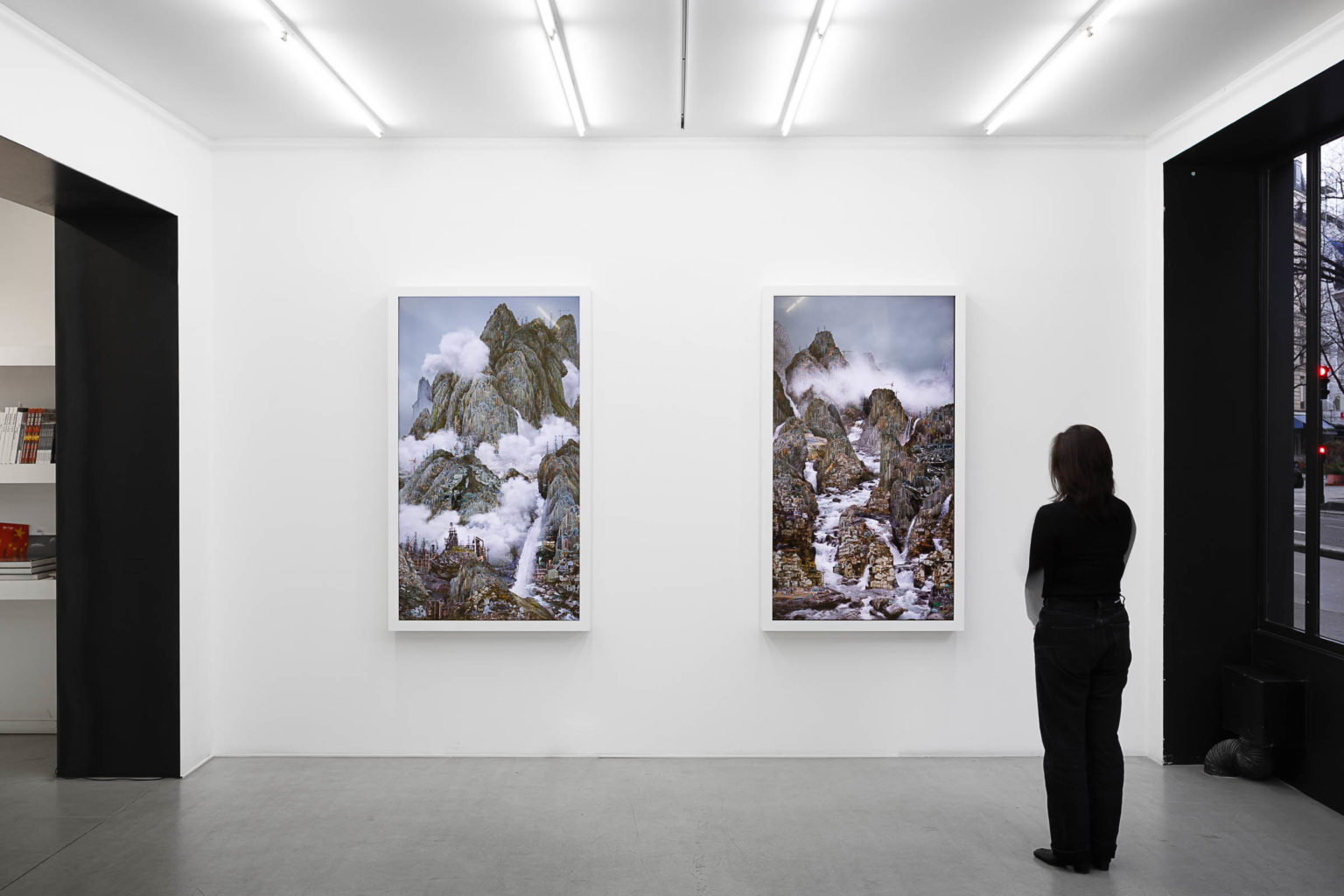
Born in Shanghai in 1980, he studied traditional Chinese painting with the calligraphy master Yang Yang for ten years. Photographer, painter, videographer and visual artist, he graduated from the Shanghai Institute of Design and the China Academy of Arts in the fields of visual communication and design. He is now a professor at the Shanghai Institute of Visual Art.
